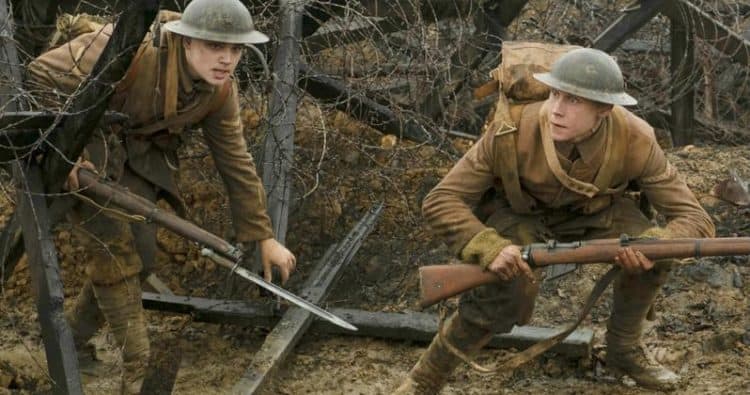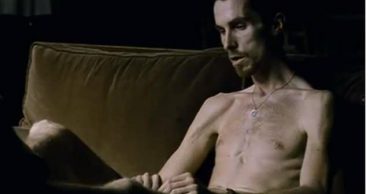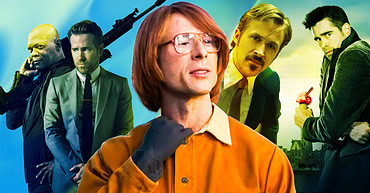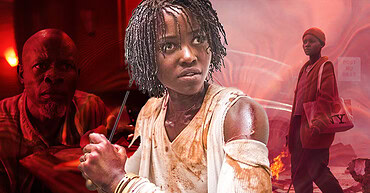
The long continuous shot in any movie looks extremely impressive and it gives the viewer the indication that things are happening smoothly, possibly in as few takes as they can, and in a manner that allows the camera and the operator(s) to move about with impunity. That’s not exactly the case since logically most people should be able to recognize that it’s not bound to happen this way since a lot of directors and cinematographers would likely line up to tell you that this would be ideal, but it’s not realistic. Instead the movies we see are a product of careful timing and a lot of different takes that have been taken from many different angles and a lot of planning to finally get right. In 1917 the multiple shots that were required to get this movie right and to make it up and in the face of the audience had to be planned down to the second in order to get everything looking the way it needed to so that the movie could track in a way that gave the audience the feeling that they were watching the events as they were happening without any unwanted chop or cutaways that might have lessened the experience.
In terms of the story the movie is about two soldiers that are carrying a message to halt an attack that is about to be intercepted and routed by a dug-in German unit during WWI. The act of even getting to the front line is the whole adventure as Blake and Schofield find that crossing no man’s land is only the first obstacle that they must face. Blake unfortunately doesn’t make it as he’s stabbed by a German soldier that the two men were trying to save, but Schofield promises to move on and find his brother and the unit they’re attempting to save. Throughout many struggles and dangers that are placed in his path Schofield finally reaches the unit and is successful in convincing them to pull back before telling the surviving Blake brother what happened to his sibling. By the end of the movie it’s discovered that Schofield has his own family back home as he rests beneath a tree, no doubt contemplating the many times he almost met his end. This movie is by far and large one of those that may very well have given a number of older combat veterans a hard time in the theaters were any still around to remember the furious days during which the world went to war with itself. Even now those memories are likely to be somewhat difficult for those that have been through more recent conflicts and walked away when others have not.
Practicing accuracy and realism with war movies is something that many people find of interest since it goes a long way to showing some respect for those that lived through such times and served their various countries. Mick Joest of CinemaBlend has more to say on this matter. In 1917 many might agree that there are likely to be some embellishments just as there are in any movie since that’s the nature of Hollywood. But keeping things as they might have been back in those days is still a vital component of the movie since to do anything less would bring a great deal of disrespect to those that fought and died in such conflicts and the memory of those that were engaged in the conflicts that we watch on the big screen. Thankfully great directors and cinematographers tend to pore over every possible detail and bring forth a vision that is accurate enough for many people to watch since the idea of doing anything less isn’t bound to make the kind of money that’s desired, and it’s not bound to be appreciated by anyone that could tell them just how such conflicts are supposed to look and how they felt. In other words, accuracy is key, as is showmanship, and in this movie there’s plenty of both apparently no matter that many might argue the first point. Such a thing is too easy with historical war movies since even historians may or may not agree on every small point that’s placed in a movie given that much of what’s been presented is based on written histories and memories that could possibly be incomplete.
The overall point of the story is that keeping things in line, neat, and capable of looking as though they’re flowing from point A to point B without any overlap or break in between is impressive since it gives the feeling of urgency and the feeling of consistency that a lot of people enjoy in the movies. By keeping the shot looking as though it’s continuous it’s possible to keep the attention of the people as they try to sort out just what’s going to happen in the next few seconds.
 Follow Us
Follow Us





